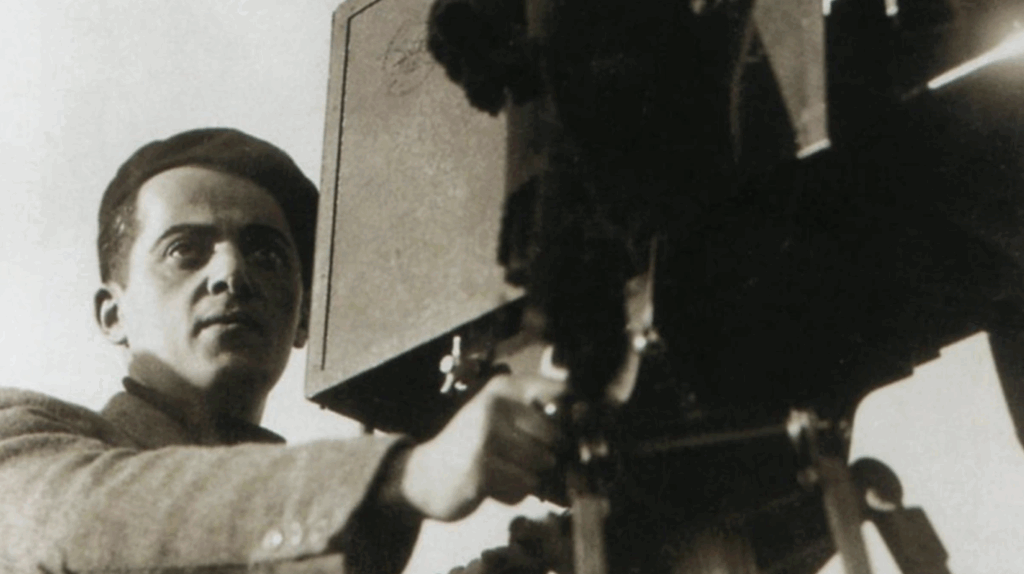Jean Vigo: The Dreamer’s Uprising
Jean Vigo’s tragically short filmography blazes with anarchic spirit and poetic invention, marrying revolutionary politics with lyrical surrealism to liberate cinema from convention, and celebrate truth in its most rebellious, heartfelt forms.

